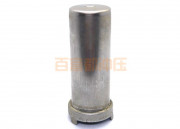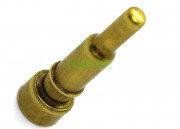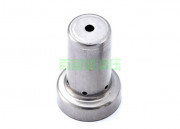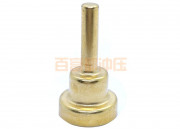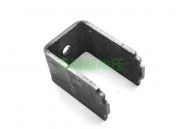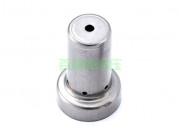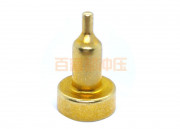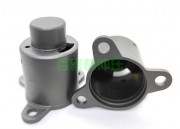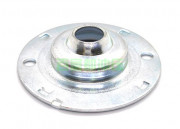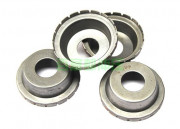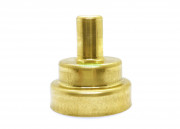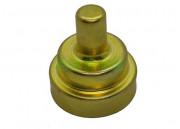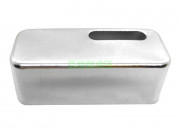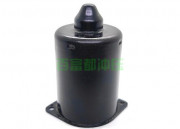With the development of society, stamping products have been popularized in all walks of life. It is very important to process stamping parts of good quality. In stamping processing, there will be many defects on the surface of the product. What is going on?
In the processing of stamping parts, problems such as impact lines, slip lines, collapse, hidden pits, surface distortion, etc. sometimes occur. For Aluminum Stamping Lids, defects on the outer surface are not allowed. ?
First, the impact line and the slip line are mainly due to surface scratches caused by friction at the stress concentration point after the sheet material and mold contact during the stamping process. Collapse, pit,
Second, the surface distortion is mainly due to insufficient deformation of the part, small local material strain, and defects that occur after the external force is released.
So how do we eliminate these defects?
1. Eliminate the impact line, you can change the stamping fillet, die fillet, increase the drawing depth, change the blank surface and other methods.
2. Eliminate the slip line, you can change the shape of the product (left-right symmetry), increase resistance and other methods.
3. To eliminate collapse and surface distortion, you should understand the level of stress gradient generated by the part in the deformation area, and try to ensure the uniformity of the plastic deformation of the product. At the same time, by increasing the resistance and improving the local shape and strain.
We are a supplier of Aluminum Stamping Lids. Welcome to consult.With the development of society, stamping products have been popularized in all walks of life. It is very important to process stamping parts of good quality. In stamping processing, there will be many defects on the surface of the product. What is going on?
In the processing of stamping parts, problems such as impact lines, slip lines, collapse, hidden pits, surface distortion, etc. sometimes occur. For Aluminum Stamping Lids, defects on the outer surface are not allowed. ?
First, the impact line and the slip line are mainly due to surface scratches caused by friction at the stress concentration point after the sheet material and mold contact during the stamping process. Collapse, pit,
Second, the surface distortion is mainly due to insufficient deformation of the part, small local material strain, and defects that occur after the external force is released.
So how do we eliminate these defects?
1. Eliminate the impact line, you can change the stamping fillet, die fillet, increase the drawing depth, change the blank surface and other methods.
2. Eliminate the slip line, you can change the shape of the product (left-right symmetry), increase resistance and other methods.
3. To eliminate collapse and surface distortion, you should understand the level of stress gradient generated by the part in the deformation area, and try to ensure the uniformity of the plastic deformation of the product. At the same time, by increasing the resistance and improving the local shape and strain.
We are Stamping Lids Supplier, welcome to inquire.
Read More →

